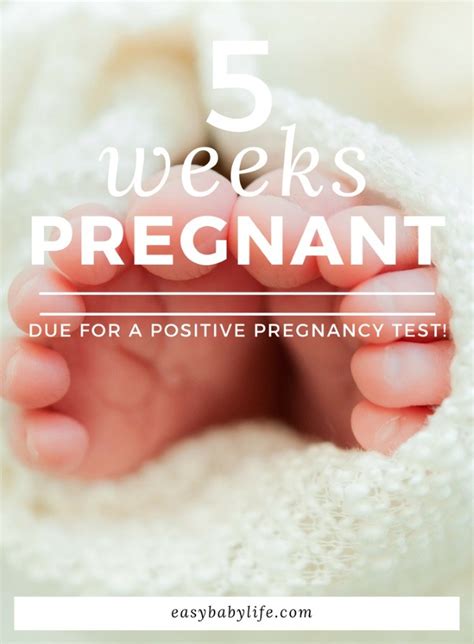The journey of pregnancy is a complex and delicate process, filled with excitement and anticipation. However, for some women, this journey can be marred by complications, one of the most serious being preeclampsia. Preeclampsia is a condition characterized by the onset of high blood pressure during pregnancy, often accompanied by significant amounts of protein in the urine. If left untreated, it can lead to severe consequences for both the mother and the baby, including premature birth, low birth weight, and in extreme cases, maternal and fetal death. Early detection and management of preeclampsia are crucial for preventing these outcomes and ensuring the best possible results for pregnancy.
Understanding Preeclampsia
Preeclampsia typically develops after 20 weeks of gestation and can be categorized into two forms: early-onset preeclampsia (before 34 weeks of gestation) and late-onset preeclampsia (at or after 34 weeks of gestation). The early-onset form is often more severe and associated with worse outcomes for both mother and baby. The exact cause of preeclampsia remains unknown, but several factors contribute to its development, including genetic predisposition, environmental influences, and issues with the placenta.
Risk Factors
Certain women are at a higher risk of developing preeclampsia. These include first-time mothers, women with a history of preeclampsia in a previous pregnancy, those carrying multiple fetuses, and women with pre-existing medical conditions such as hypertension, diabetes, and kidney disease. Additionally, women under the age of 20 or over 35 are also at an increased risk.
Symptoms and Detection
The symptoms of preeclampsia can be subtle and may not always be immediately apparent. They can include high blood pressure, proteinuria (excess proteins in the urine), severe headaches, vision changes (including double vision, blurring, or sensitivity to light), nausea and vomiting, abdominal pain, and reduced urine output. Given that some of these symptoms can also be indicative of other conditions, a thorough prenatal care schedule is vital for early detection.
Healthcare providers monitor blood pressure and urine protein levels at each prenatal visit. If preeclampsia is suspected, additional tests may be conducted, such as blood tests to check for liver and kidney function and ultrasound scans to assess fetal well-being and placental function.
Management and Treatment
While there is no cure for preeclampsia aside from delivery, management strategies can help control the condition and prevent complications. For women diagnosed with early-onset preeclampsia, close monitoring is crucial. This may involve:
- Frequent Prenatal Visits: Regular check-ups with a healthcare provider to monitor blood pressure, urine protein levels, and fetal health.
- Bed Rest: In some cases, bed rest may be recommended to reduce the risk of complications, though its effectiveness is a subject of ongoing research.
- Medications: Anti-hypertensive drugs may be prescribed to control high blood pressure. Corticosteroids may be given to promote fetal lung maturity in cases where preterm delivery is anticipated.
- Hospitalization: In severe cases, hospitalization may be necessary for closer monitoring and to promptly address any complications.
Prevention Strategies
While preeclampsia cannot be entirely prevented, certain measures may reduce the risk:
- Healthy Diet: Maintaining a well-balanced diet rich in fruits, vegetables, and whole grains.
- Regular Exercise: Engaging in moderate physical activity, as recommended by a healthcare provider.
- Stress Management: Practicing stress-reduction techniques such as meditation or yoga.
- Prenatal Vitamins: Taking prenatal vitamins as directed by a healthcare provider, which may include calcium and vitamin D supplements.
Future Directions and Research
Research into preeclampsia is ongoing, with scientists exploring new diagnostic markers, prevention strategies, and treatments. The role of genetics, the importance of early placental development, and the potential for low-dose aspirin in preventing preeclampsia in high-risk women are areas of active investigation.
Conclusion
Preeclampsia is a serious complication of pregnancy that demands vigilance and prompt action. By understanding the risk factors, symptoms, and management strategies, women can work closely with their healthcare providers to mitigate its effects and ensure the best possible outcomes for their pregnancies. Early detection and intervention are key to preventing the severe consequences associated with preeclampsia, underscoring the importance of comprehensive prenatal care.
What are the primary symptoms of preeclampsia that I should be aware of?
+The primary symptoms include high blood pressure, severe headaches, vision changes, nausea and vomiting, abdominal pain, and reduced urine output. However, it's crucial to note that some women may not exhibit noticeable symptoms until the condition has progressed.
Can preeclampsia be prevented?
+While preeclampsia cannot be entirely prevented, certain lifestyle adjustments such as maintaining a healthy diet, regular moderate exercise, stress management, and adhering to prenatal vitamin regimens may help reduce the risk.
What role does early detection play in managing preeclampsia?
+Early detection is critical in managing preeclampsia. Regular prenatal care allows healthcare providers to monitor blood pressure and urine protein levels closely, enabling early intervention and reducing the risk of severe complications for both mother and baby.
In the ever-evolving landscape of prenatal care, staying informed about preeclampsia and its management is vital for expectant mothers and their loved ones. By fostering a collaborative relationship with healthcare providers and staying vigilant for the signs of preeclampsia, women can significantly reduce the risks associated with this condition and look forward to a healthier pregnancy and childbirth experience.



